Introduction
White tea, renowned for its delicate flavor, subtle sweetness, and minimal processing, has captivated tea enthusiasts for centuries. Unlike robust black teas or earthy pu-erhs, white tea’s ethereal character demands precision in preparation to unlock its full potential. One of the most critical yet often overlooked aspects of brewing white tea is selecting the ideal cup. The vessel chosen not only influences the tea’s temperature retention but also interacts with its aromatic compounds, affecting the overall tasting experience. This article delves into the science and art of choosing the best cup for brewing white tea, exploring materials, shapes, and cultural practices to help both novices and connoisseurs elevate their ritual.
Understanding White Tea’s Unique Qualities
Before selecting a cup, it is essential to grasp what makes white tea distinct. Harvested primarily from the Camellia sinensis plant’s youngest buds and leaves, white tea undergoes minimal oxidation, preserving its natural antioxidants and fresh, grassy notes. Varieties like Silver Needle (Bai Hao Yin Zhen) and White Peony (Bai Mu Dan) exemplify this profile, offering flavors ranging from floral and honeyed to vegetal and slightly nutty.
White tea’s low caffeine content and high polyphenol levels make it a healthful choice, but these attributes also render it sensitive to brewing conditions. Oversteeping or excessive heat can mask its nuances, resulting in a bitter or astringent cup. Thus, the brewing vessel must balance heat retention with gentleness, ensuring the leaves unfurl gradually without scorching.
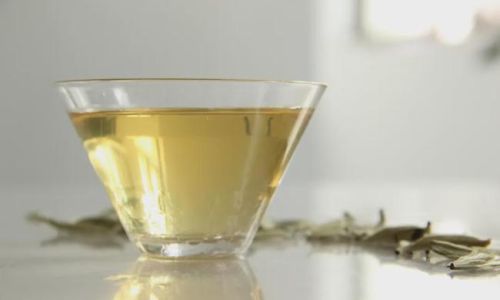
The Role of the Brewing Vessel in Tea Preparation
The choice of cup influences three key factors:
- Heat Retention: Maintains optimal water temperature during steeping.
- Aroma Dispersion: Affects how volatile compounds interact with the palate.
- Aesthetic Appreciation: Enhances the visual and tactile experience of drinking tea.
For white tea, which thrives at lower temperatures (175–185°F or 80–85°C), the vessel must prevent rapid cooling while avoiding heat concentration that could harm delicate leaves.
Porcelain Cups: The Classic Choice
Porcelain, a ceramic material fired at high temperatures, is widely regarded as the gold standard for white tea. Its non-porous nature ensures no absorption of flavors or aromas, preserving the tea’s purity. Key advantages include:
- Neutrality: Porcelain does not impart any taste, allowing the tea’s inherent flavors to shine.
- Heat Distribution: Thin-walled porcelain cups dissipate heat evenly, preventing hotspots that might scald the leaves.
- Aesthetic Versatility: Available in myriad designs, from minimalist modern to hand-painted traditional motifs.
The Gaiwan, a lidded porcelain bowl used in Chinese tea ceremonies, exemplifies this principle. Its wide brim allows rapid heat loss after steeping, while the lid traps aromas for nosing before sipping. For everyday use, a simple porcelain cup with a 100–150ml capacity suffices, offering a balance between insulation and practicality.
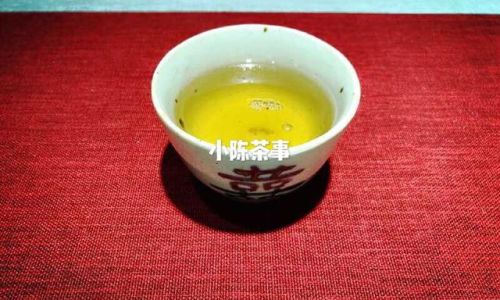
Glass Cups: Aesthetic Appeal Meets Functionality
Glass cups, particularly those made from borosilicate or heat-resistant variants, offer a unique advantage: transparency. Watching white tea leaves unfurl in clear glass is a sensory delight, enhancing the ritual’s meditative quality. Benefits include:
- Visual Enjoyment: Observing the tea’s pale golden hue and suspended leaves adds a layer of appreciation.
- Heat Control: Glass conducts heat less efficiently than porcelain, requiring careful preheating to maintain temperature.
- Modern Aesthetics: Sleek designs complement contemporary kitchens or minimalist tea setups.
However, glass’s lower heat retention may necessitate shorter steeping times or slightly higher water temperatures. Double-walled glass cups mitigate rapid cooling, making them a practical compromise for those prioritizing aesthetics.
Clay Teaware: Tradition vs. Practicality
Clay vessels, such as Yixing purple clay or Japanese kyusu, are revered in tea culture but require nuanced consideration for white tea.
- Yixing Pots: Renowned for absorbing tea oils over time, Yixing pots are traditionally dedicated to a single tea type. While they enhance the body of aged teas like pu-erh, their porous nature may overwhelm white tea’s subtlety.
- Stoneware Ceramics: Thicker-walled clay cups retain heat exceptionally well but risk oversteeping delicate leaves.
Enthusiasts advocating for clay argue that unglazed interiors can “season” with white tea, gradually imparting a patina that deepens flavor. However, this approach demands patience and consistency, as the vessel’s influence evolves over years of use.
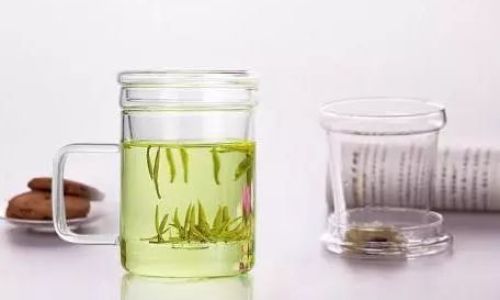
Alternative Materials: Stainless Steel, Ceramic, and Beyond
While porcelain and glass dominate white tea discourse, alternative materials warrant mention:
- Stainless Steel: Insulated travel mugs retain heat for hours but are ill-suited for white tea, as prolonged steeping yields bitterness.
- Ceramic-Coated Cups: Some modern cups feature ceramic linings for heat resistance without porosity. These mimic porcelain’s neutrality but may lack cultural authenticity.
- Bamboo or Wood: Eco-friendly options are visually striking but prone to absorbing moisture and odors, compromising flavor integrity.
The Impact of Cup Shape and Size
Beyond material, the cup’s geometry profoundly affects the drinking experience:
- Width vs. Height: Wide-mouthed cups allow aromas to disperse, making them ideal for white tea’s floral notes. Taller, narrower cups concentrate aromas, which may overwhelm delicate palates.
- Capacity: Smaller cups (80–120ml) encourage sipping while the tea is warm, preserving nuanced flavors. Larger cups risk cooling too quickly, necessitating reheating.
- Handle vs. Handle-Less: Handle-less cups (common in Asian teaware) provide better heat retention but require caution to avoid burning fingers.
Brewing Techniques and Cup Selection
The interplay between brewing method and cup choice cannot be overstated:
- Gongfu Cha Brewing: This Chinese method, involving multiple short infusions, pairs well with porcelain gaiwans or small cups to highlight evolving flavors.
- Western-Style Brewing: Larger infusions in glass or ceramic cups suit casual settings but demand stricter temperature control.
Cultural Perspectives on White Tea Brewing
Cultural traditions offer valuable insights into cup selection:
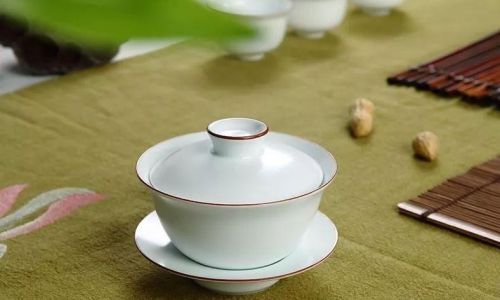
- Chinese Practices: In Fujian province, the birthplace of white tea, porcelain gaiwans are ubiquitous. The ritual of lifting the lid to sniff the tea’s aroma is integral to the experience.
- Japanese Adaptations: While green tea dominates Japanese culture, some tea masters use yunomi (cylindrical cups) for white tea, appreciating their balance of heat retention and simplicity.
- Modern Innovations: Western tea brands increasingly blend tradition with functionality, offering porcelain cups with double walls or integrated strainers.
Health Benefits and the Vessel’s Influence
White tea’s health benefits, including antioxidant-rich catechins and L-theanine, are preserved or enhanced by the brewing vessel:
- Porcelain’s Neutrality: Ensures no chemical leaching, maintaining the tea’s purity.
- Glass’s Inertness: Ideal for those avoiding ceramic glazes containing trace minerals.
- Clay’s Ion Exchange: Some argue that clay’s mineral content may subtly alter the tea’s pH, though scientific evidence remains inconclusive.
Practical Tips for Choosing Your Ideal Cup
- Prioritize Neutrality: Newcomers should start with porcelain or glass to avoid flavor distortion.
- Experiment with Shape: Try both wide and tall cups to identify preferred aroma profiles.
- Consider Occasion: Travel mugs suit commutes, while handcrafted porcelain enhances at-home rituals.
- Mind the Handle: Handle-less cups demand caution but offer a tactile connection to the tea’s warmth.
- Avoid Extremes: Steer clear of overly thick or insulated vessels that risk oversteeping.
Conclusion
Selecting the optimal cup for white tea is a journey of exploration, blending scientific understanding with cultural appreciation. Porcelain’s timeless elegance, glass’s transparency, and clay’s storied tradition each offer unique pathways to enhancing white tea’s delicate flavors. By considering material, shape, and brewing context, enthusiasts can transform a simple cup of tea into a ritual of mindfulness and sensory delight. Whether sipping from a hand-painted gaiwan or a modern glass mug, the right vessel elevates white tea from beverage to an art form—a testament to the harmony between nature and craftsmanship.
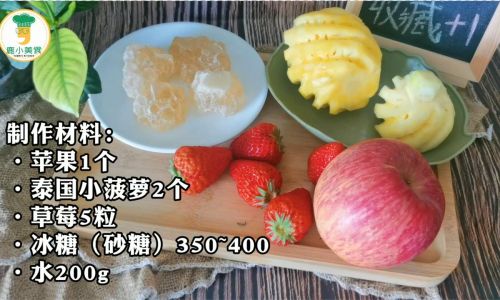
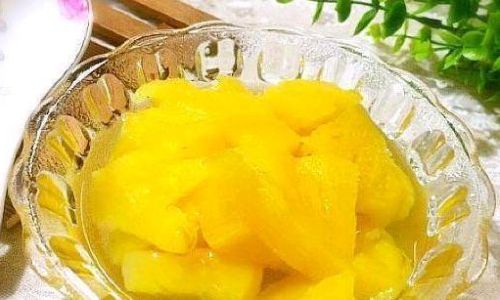
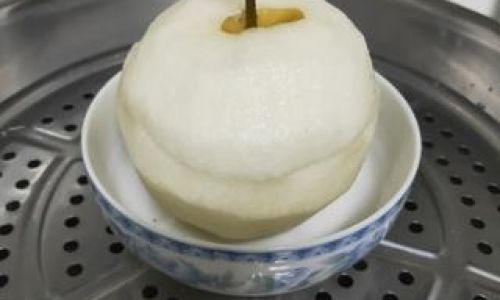
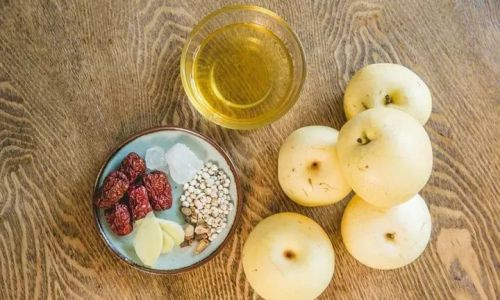
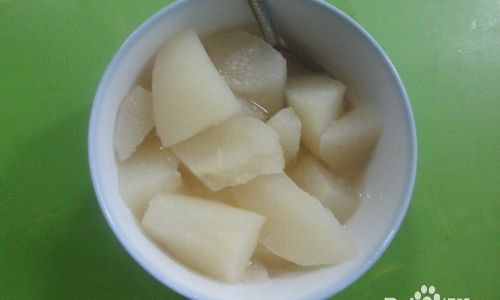
0 comments